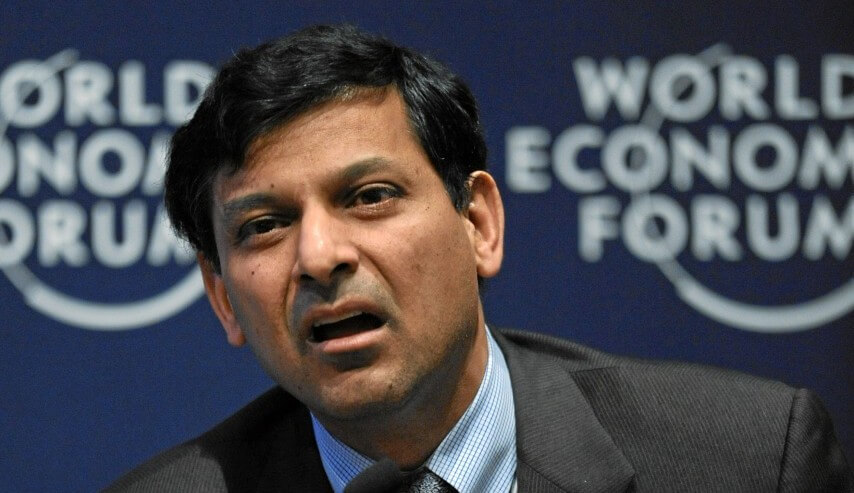To Cut Or Not To Cut: Why Raghuram Rajan May Or May Not Slash The Repo Rate
September 28 2015 |
Shanu

Since Raghuram Rajan started cutting interest rates, banks have started cutting interest rates too, though the decline in home loan interest rates has not been proportionate.(Wikimedia)
All eyes are on Governor Raghuram Rajan, as the Reserve Bank of India (RBI) is set to unveil its fourth bi-monthly policy on Tuesday. Despite an enormous pressure to cut the repo rate in the monetary policy review held in early August, Rajan decided to leave it unchanged. Repo rate is the rate at which the RBI lends to commercial banks, often against government securities. Earlier, the central bank had cut the repo rate by 25 basis points each in January, March and June 2015.
In a recent Reuters poll, 44 of 51 economists predicted that the RBI would cut the repo rate on September 29.
Here is why some experts expect the RBI to cut the repo rate.
- In August, Consumer Price-based Inflation (CPI) was merely 3.66 per cent. In July also, CPI-based inflation stood at 3.78 per cent. Independent India has rarely seen such low inflation levels. The RBI's inflation target is four per cent. Inflation numbers two percentage points below and above the RBI target is being seen as acceptable.
- Even though the central bank has cut the repo rate thrice in 2015, it is not considered enough. A 25 basis point cut in the repo rate makes only a slight difference to the cost of borrowing of households and companies. A further decline in the repo rate is necessary for interest rates to come down significantly.
- Since Rajan became the RBI governor in 2013, CPI-based inflation declined by nearly 600 basis points, while the repo rate is still at the same level before he joined office. This calls for a change in the monetary stance.
- Even though the monsoon was disappointing, the Indian Meteorological Department (IMD) expects conditions to improve by October. This may bring food inflation levels down, giving the RBI another reason to slash rates.
- The United States Federal Reserve kept the policy rates intact in its September monetary policy meeting. In case the Fed had hiked interest rates, Dollar outflow would have also been high. To prevent the Rupee from depreciating and to making Indian exports competitive, the RBI would have hiked rates. However, such pressures do not exist now. (Major central banks do not target the exchange rate)
Here are five reasons why many think the RBI should not cut rates:
- Even though CPI-based inflation was 3.66 per cent in August, this is above the inflation levels seen as tolerable by central banks in advanced economies. For instance, the Federal Reserve and the Bank of England are expected to meet an inflation target of two per cent. The European Central Bank (ECB) finds an inflation of up to two per cent as acceptable.
- Previous data show India, as an economy, is used to high inflation levels. Except for a short period in the late 90s and early 2000s, India has never seen consistently low inflation levels. This is not true of advanced economies. The US, for instance, has seen 30 years of historically low levels of inflation. This is also true of New Zealand and many other countries.
- Rajan said that he may wait till people in India get used to the fact that low inflation rate is here to stay. After that, the RBI governor may target maintaining the low inflation levels by cutting the repo rate.
- The monsoon season has been disappointing to some degree, and this is likely to raise food prices in the second half of the current year. This may lead to rising inflation levels in the next few months.
- The goal of the RBI is not just to maintain low inflation in the short run, but to build a consistent track record as an inflation targeting central bank. Rajan, for instance, thinks that low inflation in July is because of base effects. If such factors are discounted, the RBI governor thinks that CPI-based inflation would have been five per cent.